Choke Point: Meghalaya’s “Swiss-Cheesed” Hills, Increasing Violence a Stark Reminder of Cost of Coal
To the best of anyone’s knowledge – and that includes a tribunal of senior jurists who heard testimony in the state capitol, Shillong, on January 24 – 15 men drowned in a coal mine in Meghalaya’s mineral-rich Garo Hills on July 6, 2012.
The disaster occurred in one of the thousands of dangerous and unregulated coal mines in this small, northeastern state of India. It wasn’t formally reported for more than a week. The bodies weren’t retrieved. Meghalaya’s safety and health authorities conducted what appears for now to be a rudimentary investigation. For a time, state officials even asserted that because the bodies weren’t recovered the men might have escaped, just as 15 to 20 other men did who were working in the mine at the same time.
Psychedelic Waters
I am in Shillong to report on Meghalaya’s mining industry and the consequences to the state’s water reserves for Circle of Blue and our partner, the Wilson Center. In every region of the world where we’ve studied the contest between rising demand for energy and grain in an era of diminishing freshwater reserves, conditions differ.
Here in Meghalaya, we discovered a mining industry that operates with no restraint other than coal prices – which are dropping – and the capacity to ship coal on nearly impassable roads tortured by convoys of heavy trucks. The environmental damage, a classic instance of the “tragedy of the commons,” is astonishing.
The treeless hill summits in eastern Meghalaya are Swiss-cheesed with deep vertical holes and horizontal tunnels saturated with groundwater and may never be reclaimed. The rivers closest to the mines in the Jaintia Hills district run the color of dried blood, the result of iron, sulphur, and other pollutants mixed together. In the southern reaches of the district, closest to Bangladesh, the Lukha River runs the color of a blue sports drink, the result of a gooey white sulphate with the texture of wet tofu that coats the river bottom and reflects the sky.
The State Water Pollution Control Board says the river’s acidity is growing worse, making it unfit to drink, deadly to fish, and uncomfortable for bathing. The agency doesn’t know what causes the other-worldly color, but theorizes the mineral elements in the water mix with the acidic mine drainage to form a sulphate.
Tortured Conditions
Mine owners in the Jaintia Hills estimate they ship as much as four million metric tons of coal a year from an unknown number of family-owned “box” mines and a fewer number of “rat hole” mines.
The box mine is a hole 10 meters by 10 meters and often 60 to 90 meters deep. The bottom is reachable on ladders cut from tree limbs that drop steeply, and in multiple switchbacks, down the four sides of the mine. Miners typically cut tunnels and openings that are less than a meter tall, crawl to the coal face on their knees, and wield pick axes and steel bars from their bellies to shatter the coal. They drag it out to where a diesel-electric winch lifts it to the surface.
The rat hole mine is even more primitive – essentially a network of tunnels cut into the side of a hill at the level of the coal. The horizontal tunnels, so small that a tall man has to crawl on his knees to navigate, gain length as the seam is mined.
The rat hole mining area I visited west of Shillong was initially explored over a century ago. The coal, though, isn’t all played out and mines are still active. In some, miners crawl through tunnels over a kilometer long to reach the coal face. A group of miners, all of them slim and small, told me it takes an hour to trudge forward through the tunnels, their backs bent perpendicular at the waist.
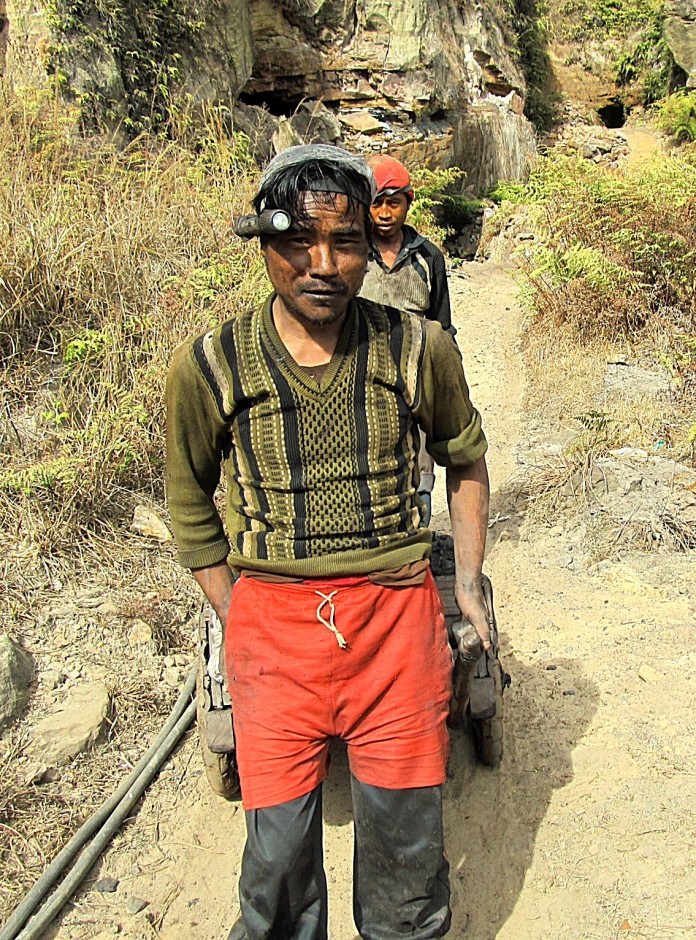
They take an hour to mine coal and load into a knee-high, two-wheeled cart. The two-man mining teams spend a third hour dragging and pushing the cart to the mine’s entrance, where it is unloaded onto a shoulder-high pile. A wagon of coal is worth, perhaps, 100 rupees, or less than $2, said the miners. Teams are capable of producing three, maybe four carts of coal a day.
The mine’s manager, P. Khongish, said he was a miner as a young man. He told me the members of his four-man mining crew were glad to have the work; there are few other jobs available in the area.
Local Pressure
These details, and many others about the mortal danger of Meghalaya’s mines, and the egregious levels of mine-related pollution that poison the state’s land and rivers, were discovered by the reporters of The Shillong Times and disseminated persistently and broadly by its courageous editor, Patricia Mukhim.
From an uncluttered office lit with a single bulb, and so deep in the newspaper’s concrete basement that cell phone service is spotty, Mukhim manages an editorial staff of nearly 30 that consistently produces first-rate reporting on Meghalaya’s biggest issues, including the state’s lawless coal mining sector. Born and raised in Shillong by a single mother, she’s worked for the paper since 1987 and been its editor since 2008. Her work on human rights, the state’s dangerous insurgency, and the sickened environment has generated death threats against Mukhim and earned her numerous awards, including the Padma Shri Award, one of India’s highest civilian honors.
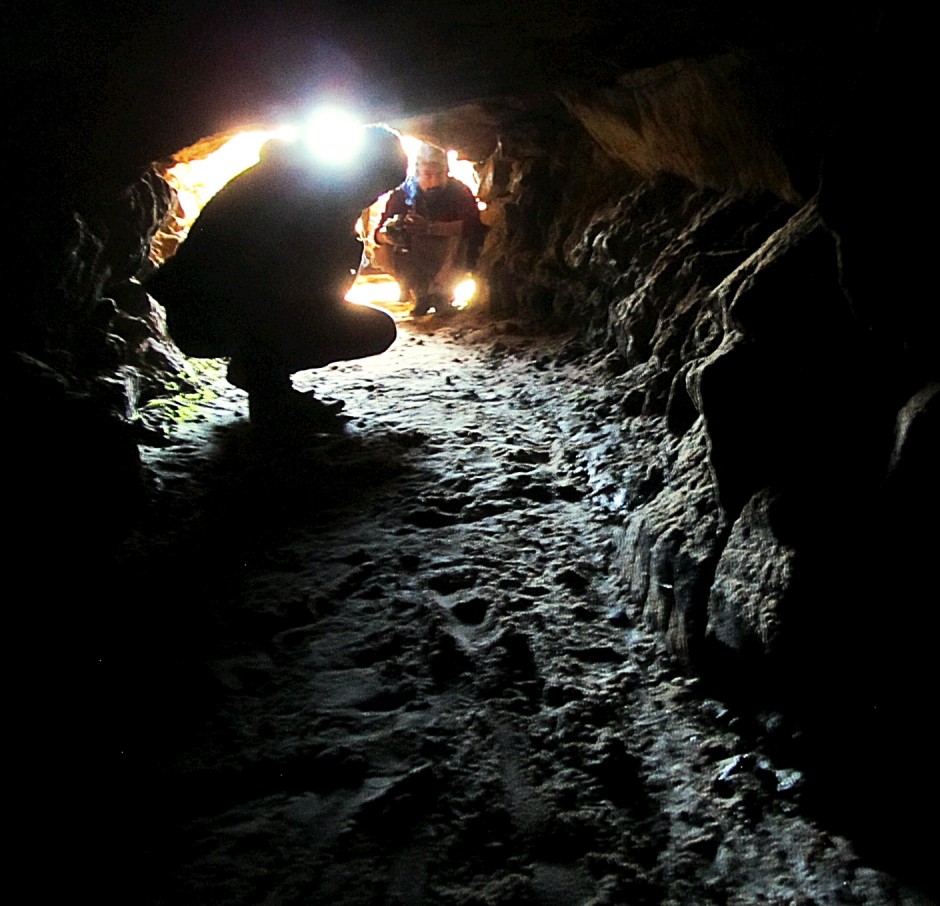
In a frank article about the number of coal mining deaths in Meghalaya, The Shillong Times reported 15 more miners died in seven separate accidents in the five months from January to May 2013. The newspaper reported that almost all of the sector’s tens of thousands of laborers are undocumented workers from Nepal, Bangladesh, and neighboring states in India. Because there is no record of their presence, no taxes on their wages, no formal knowledge of their names or where they came from, the migrant laborers operate without claim to basic rights of safety, fairness, or justice.
In this dangerous and spellbinding confrontation between 21st century production demands and 19th century working conditions, the miners are losing badly. Lawlessness, already pervasive, is prompting more violence above ground, with rapes, beatings, and murders becoming commonplace, The Shillong Times reports. Five miners, for instance, were murdered in 2012 by factions apparently associated with the region’s political insurgents. The motive? Likely one of a long list of mortal threats: failure to pay insurgents’ self-imposed transport fees and bribes; fighting over control of the mines; gambling; or just plain bad behavior.
“Something Needs to Be Done”
“The coal laborers, mostly migrants, are silent sufferers as they face the wrath of the militants, as well as the fury of nature,” Mukhim wrote last year.
That silence, though, may be approaching its end. Mukhim and her staff’s incisive reports last year attracted the attention of the National Green Tribunal, a panel of senior jurists formed by a remarkable national statute approved in 2010 to specifically investigate and adjudicate major risks to India’s public health and the environment.
Late last month, after sharply criticizing the state government’s weak response to the 2012 drowning disaster and demanding whatever formal investigative reports were prepared at the time, the Green Tribunal held a hearing here in Shillong. It was the most visible step in what Mukhim and her allies hope will develop into a Central Government crusade to bring the region’s lawless coal mining industry into compliance with national environmental and public health regulations.
Those goals are especially elusive in Meghalaya, where the coal industry wields considerable influence and a long-running militant insurgency is so brazen it goads the police with direct challenges to government authority. But the National Green Tribunal, a legal innovation distinct to India, isn’t afraid of ordering powerful economic sectors to update their practices, says Ritwick Dutta, an environmental attorney and founder of the Legal Initiative for Forest and Environment, a public interest law group based in New Delhi.
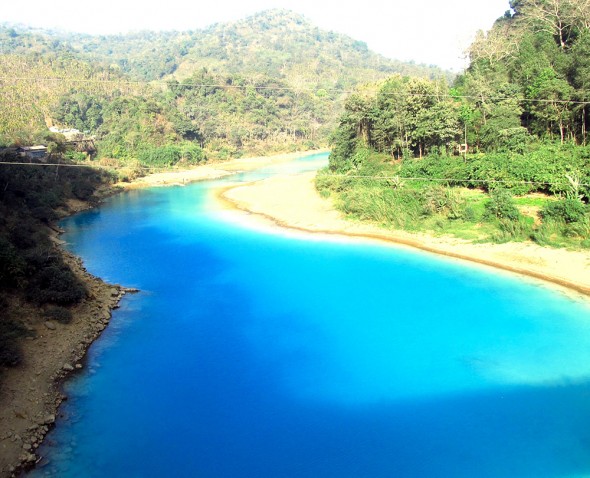
Late last year the Tribunal ordered much of the nation’s sand mining industry to shut down until mine owners developed new practices that reduce damage to land and water. “It’s a big deal for the National Green Tribunal to appear in Shillong,” Dutta told me in Guwahati, the capital of Assam, about 100 kilometers north of Shillong. “Within a year just watch what happens over there.”
Hopefully it’s not too late. “Something needs to be done,” Mukhim said in an interview last week. “Miners are being killed. The water is so bad in the Jaintia Hills that people have to travel hours to get clean water to drink. They walk miles and miles into other watersheds for water. Public passion is building to make changes. That’s what it’s going to take: Passion from people.”
Circle of Blue’s senior editor and chief correspondent based in Traverse City, Michigan. He has reported on the contest for energy, food, and water in the era of climate change from six continents. Contact
Keith Schneider

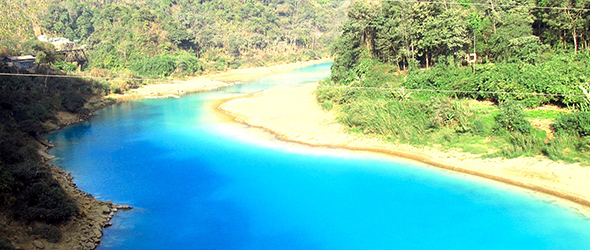
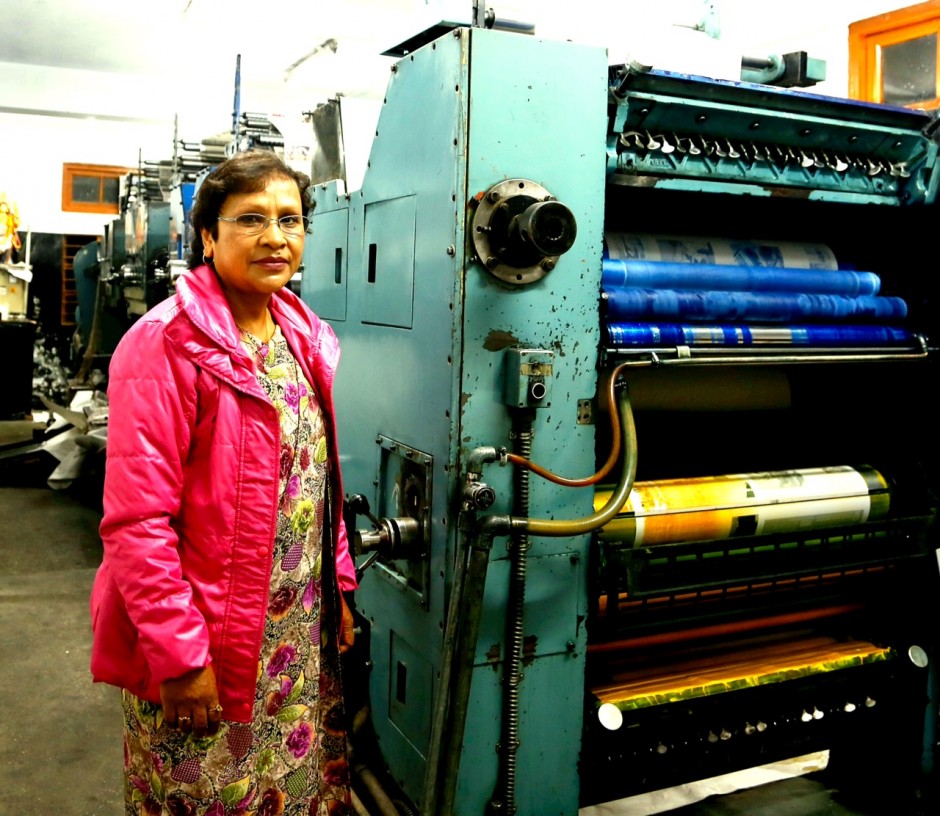


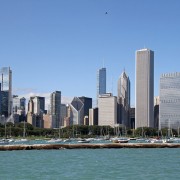

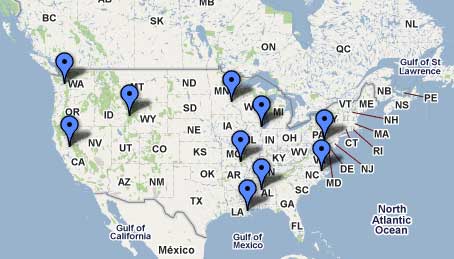



May be useful for evidence